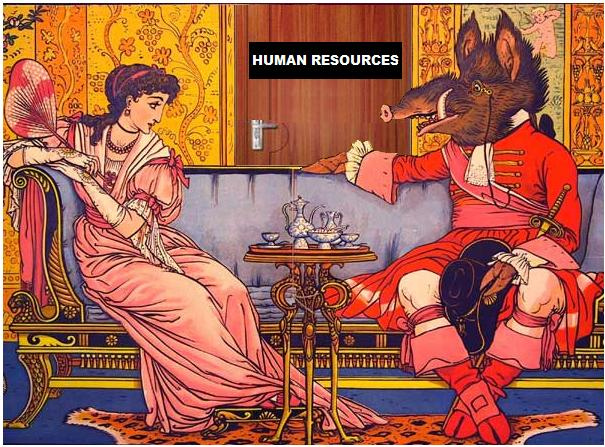The main reason we do workshop activities is to improve or skill, or to be exposed to new concepts and technology that we may have never encountered before. This was definitely the case for this weeks workshop, I could feel my brain doing things it had never done before. For this weeks workshop we had to do conduct an interview with a fellow student about a particular topic area, ours was: What I like about RMIT city campus. For my interview I was partnered with Jocelyn – http://www.mediafactory.org.au/jocelyn-utting/ – we had a pretty great time together and managed to complete the entire activity.
The first problem we faced was finding a suitable location for the interview. We decided to head to building 80 to find a nice quiet place, to ensure our audio wouldn’t be tainted by other sources of audio. We managed to find a quiet room and began recording pretty quickly. I decided to be the interviewer and Joss decided to be the interviewer, which makes sense as she’s a great talker with a bubbly personality.
Quite quickly we managed to come up with some great questions and some interesting responses. We had some pretty successful recordings for the formal interview, the most successful actually being the first one. The audio for the formal interview can be found below:
For this first interview we placed the microphone close by on a table situated between myself and Joss, we did a test run for the levels, making sure that weren’t clipping then we began recording. We listened back after each take to ensure that the levels were a-okay and that there were no interfering sounds. Overall it was quite easy to achieve good sound quality, as the space was pretty well suited towards it. We then decided to leave the quiet room and interact with the campus to obtain interesting soundscapes for the non-formal interview.
To obtain interesting soundscapes we decided to conduct the interview while heading towards the elevator, to continue the interview while inside and to continue it further once we were out on another level. We thought this was a great way of making the campus, it’s accessibility and great design a physical element of our production. It also gives a great feeling of movement, energy and lax attitude that matches with the vibe of us and other university students. We wanted it to feel like a recording done by uni students for uni students and we think this was achieved. Our most successful recording for the non-formal interview was the second one, but I combined elements from the other recordings to round it out and to use certain lines that I preferred over others. The audio for the non-formal interview can be found below:
For the second interview it was slightly harder to get good clean sound as we were going around and talking. The background audio (i.e. general hum of noise in the background) varies slightly when changing from outside the elevator to inside the elevator, to outside again mainly because of the acoustic differences in the spaces as well as the number of sound sources present. It’s also harder to keep the mic at a similar distance from myself and Joss as we were both walking, thus bobbing around. Overall though I think we managed to get a pretty good recording and I really liked the sound of students and general campus sounds in the background. It helps to underline the premise of the interview as well as clearly distinguish that we are in fact at the RMIT campus.
Catch you later, Louise Alice Wilson













Recent Comments